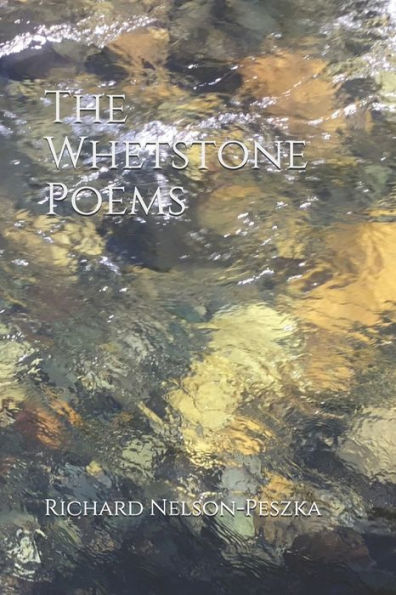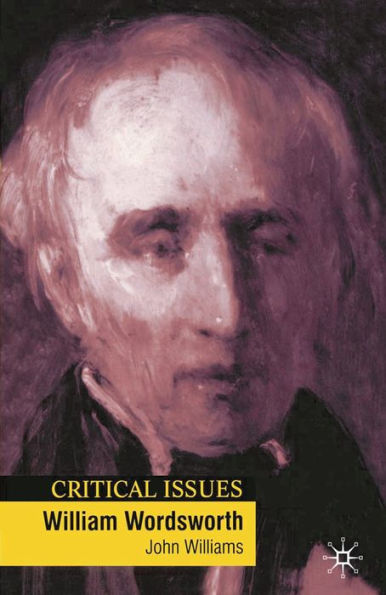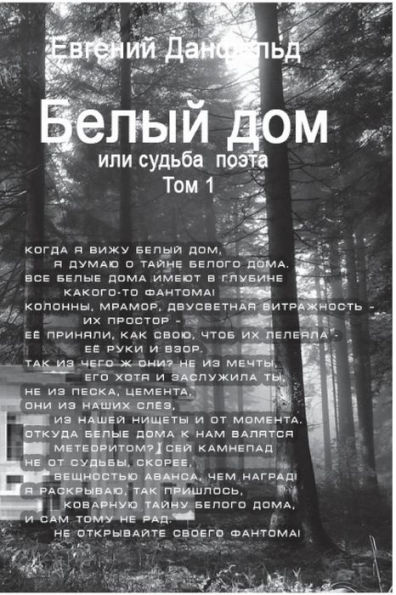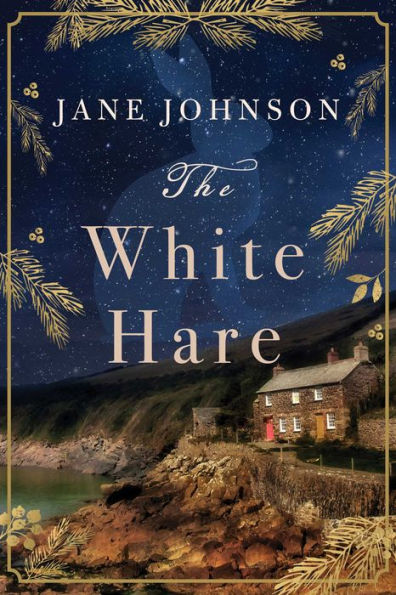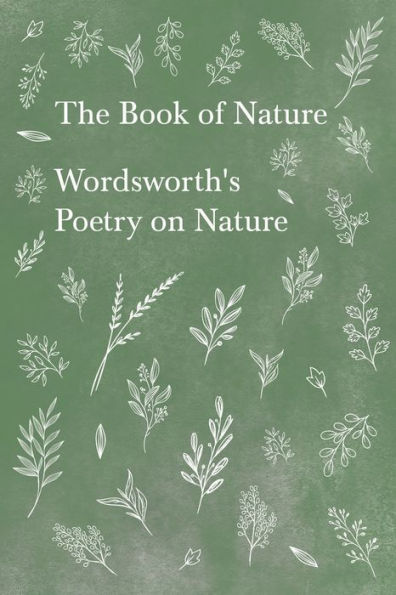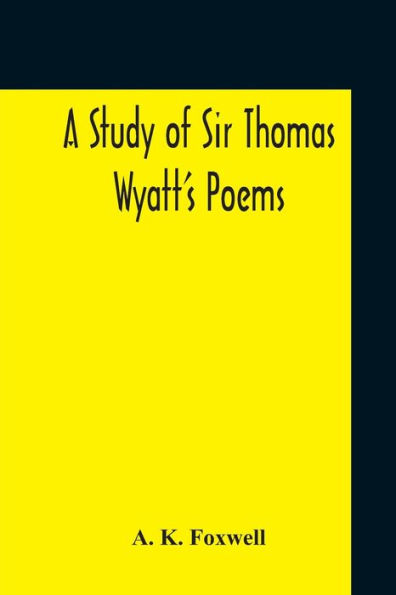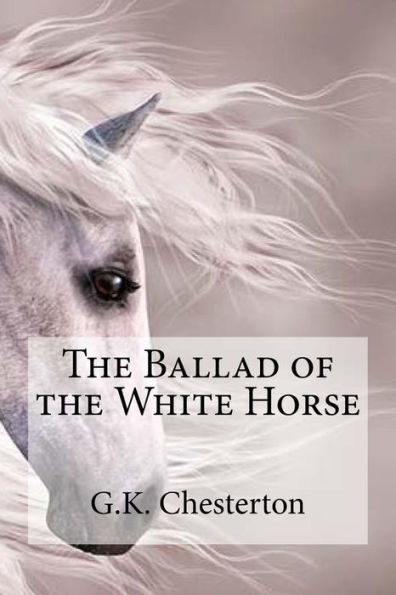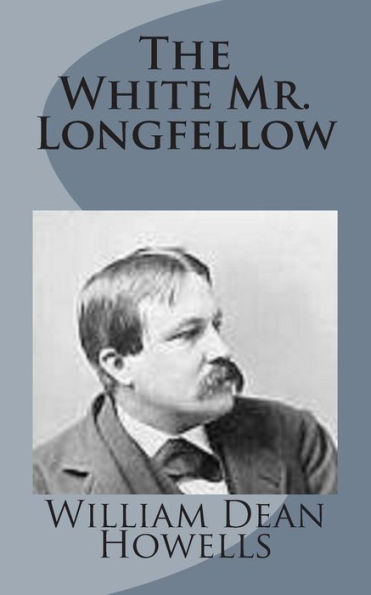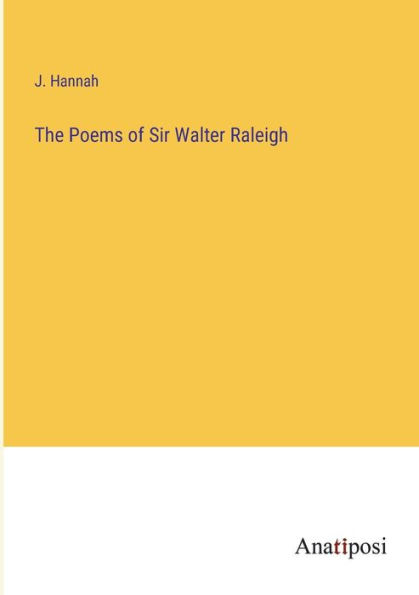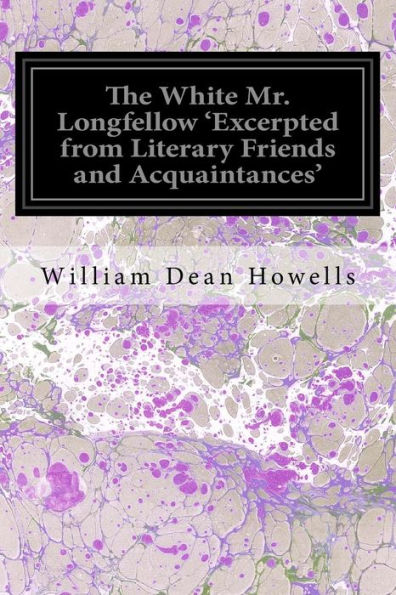Home
The white doe of Rylstone: or, The fate of the Nortons. A poem (1815). By: William Wordsworth: The White Doe of Rylstone; or, The Fate of the Nortons is a long narrative poem by William Wordsworth.


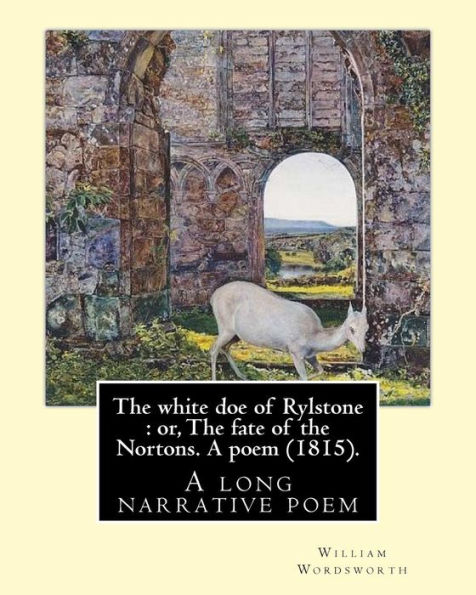
The white doe of Rylstone: or, The fate of the Nortons. A poem (1815). By: William Wordsworth: The White Doe of Rylstone; or, The Fate of the Nortons is a long narrative poem by William Wordsworth.
Current price: $8.65
Loading Inventory...
Size: OS
The White Doe of Rylstone; or, The Fate of the Nortons is a long narrative poem by William Wordsworth, written initially in 1807-08, but not finally revised and published until 1815. It is set during the Rising of the North in 1569, and combines historical and legendary subject-matter. It has attracted praise from some critics, but has never been one of Wordsworth's more popular poems. Synopsis:The White Doe of Rylstone opens outside Bolton Abbey in Wharfedale, where the poet sees the white doe enter the churchyard and lie down by one particular grave, where it is recognized as a regular visitor by the parishioners. The poem then moves back in time to Emily Norton at Rylstone Hall; at her father's command she embroiders a banner for his followers, who are to rise in rebellion. Emily's brother Richard tries unsuccessfully to dissuade their father from this course, then resolves to follow them unarmed, in the hope that he can still dissuade his father. Norton's band of soldiers, including other brothers of Emily, joins forces with those of the Earl of Northumberland and other Catholic rebels, and they march to Wetherby. On the approach of Queen Elizabeth's army the rebels fall back in retreat. The poem then returns to Rylstone Hall, where Emily encounters the white doe by moonlight. She sends an old friend of her father to get news of his fate; he returns to say that her father is taken prisoner, and that he has told Richard to regain the banner and take it to Bolton Abbey, where it can serve as an emblem of the purity of his motives. Richard almost accomplishes this task, but he is surprised by a party of the royal army and is killed. When Rylstone Hall suffers devastation Emily flees, and only returns years later, there to find the same white doe, which henceforth becomes her faithful friend, going wherever she goes. Emily at last dies and is buried at Bolton Abbey. The mystery of why the white doe visits the grave is thus explained..... William Wordsworth (7 April 1770 - 23 April 1850) was a major English Romantic poet who, with Samuel Taylor Coleridge, helped to launch the Romantic Age in English literature with their joint publication Lyrical Ballads (1798). Wordsworth's magnum opus is generally considered to be The Prelude, a semiautobiographical poem of his early years that he revised and expanded a number of times. It was posthumously titled and published, before which it was generally known as "the poem to Coleridge".Wordsworth was Britain's Poet Laureate from 1843 until his death from pleurisy on 23 April 1850.
